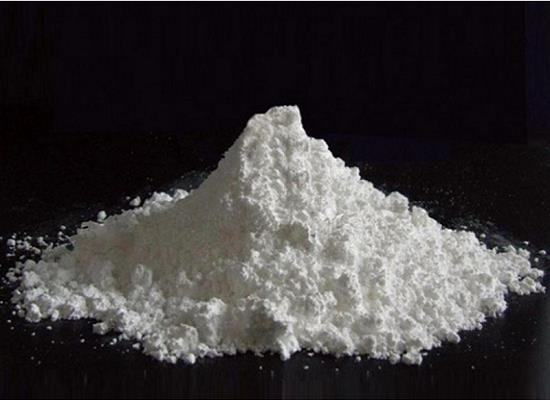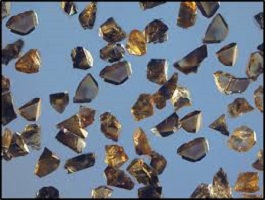Boron nitride-based nanocomposite hydrogels: properties and medical applications
General Description
Boron nitride-based nanocomposite hydrogels offer unique properties for medical applications. These hydrogels are biocompatible and biodegradable, making them attractive for various uses. They have shown potential in wound healing and treating prostate cancer by releasing boron. Boron nitride also promotes the reconstruction of hard tissues like bones and teeth. In drug delivery, incorporating Boron nitride nanostructures enhances control of drug uptake and release. The high specific surface area and hydrophobic surface enable effective interactions with drugs. Functionalization improves interactions with therapeutic agents. The choice of Boron nitride nanostructure is crucial for precise control of drug release. Overall, Boron nitride-based nanocomposite hydrogels hold promise in tissue engineering and drug delivery, offering opportunities for personalized medicine.
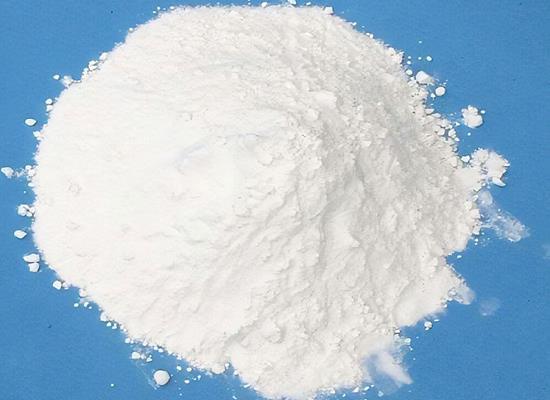
Figure 1. Boron nitride
Properties
Boron nitride is an inorganic compound that consists of equal numbers of boron and nitrogen atoms. It shares similar characteristics with carbon, such as being isoelectronic and isostructural. BN was first synthesized in 1842, but the stabilization process to form powders came later in 1958. BN exists in crystalline and amorphous forms, with the hexagonal boron nitride being the most stable form. h-BN is chemically and thermally stable and is commonly used in applications requiring both good thermal conductivity and electrical insulation. Its layered structure is composed of bonded B-N rings, similar to graphite. However, the partially ionic B-N bond in h-BN gives it distinct electrical, chemical, and optical properties compared to graphite. Boron nitride nanostructures, particularly Boron nitride nanosheets, exhibit unique properties such as excellent mechanical strength, thermal conductivity, structural stability, wide band gap, and biocompatibility. Boron nitride nanosheets are translucent and have a thickness limited to one or a few nanometers. They maximize the exposure of lattice planes, enabling fast electron and phonon transport. These characteristics make Boron nitride nanosheets suitable for use as reinforcing particles in polymer composites and functional particles in nanocomposite hydrogels. Compared to other nanostructures like boron nitride nanotubes, Boron nitride nanosheets have been extensively studied and utilized due to their superior properties. Researchers have focused on incorporating Boron nitride nanosheets into various materials to enhance mechanical properties and functionality. However, there is limited research on using other BN nanostructures such as nanofibers and nanospheres for similar applications. In summary, boron nitride-based nanocomposites, particularly those incorporating h-BN nanosheets, offer a range of desirable properties that make them attractive for various applications in fields such as materials science, electronics, and biomedical engineering. 1
Medical applications
Boron nitride-based nanocomposite hydrogels have emerged as a highly attractive option for medical applications due to their unique properties. These hydrogels offer several advantages, including biocompatibility and biodegradability. One significant advantage of Boron nitride-based hydrogels is their potential in wound healing and the treatment of prostate cancer. When Boron nitride degrades, it releases boron, which has been shown to promote wound healing and exhibit therapeutic effects in prostate cancer treatment. Moreover, Boron nitride-containing materials have demonstrated bioactivity in promoting the reconstruction of hard tissues. For example, Boron nitride has been found to facilitate the deposition of hydroxyapatite, a crucial component of bones and teeth. This property makes Boron nitride-based nanocomposite hydrogels highly promising for tissue engineering applications. In addition to tissue engineering, Boron nitride-based hydrogels show promise in drug delivery applications and smart systems. By incorporating nanofillers such as clays, metal-oxides, or carbon-based nanoparticles, the control of drug uptake and release can be significantly enhanced. Boron nitride nanostructures offer a high specific surface area, hydrophobic surface, and p systems, enabling effective interactions with various drugs through electrostatic and p–p interactions. Functionalization of Boron nitride further improves the interactions between therapeutic agents and Boron nitride, as demonstrated with proteins, cells, and anticancer drugs. It is worth noting that the choice of Boron nitride nanostructure plays a crucial role in drug uptake and release. The unique properties of Boron nitride nanostructures allow for precise spatial and temporal control over the release of therapeutic agents, offering opportunities for personalized medicine. Overall, Boron nitride-based nanocomposite hydrogels hold great promise in biomedical applications, ranging from tissue engineering to drug delivery systems. Their biocompatibility, biodegradability, and tunable properties make them a compelling candidate for advancing medical technologies. 2
Reference
1. Lima DM, Chinellato AC, Champeau M. Boron nitride-based nanocomposite hydrogels: preparation, properties and applications. Soft Matter. 2021;17(17):4475-4488.
2. Merlo A , Mokkapati VRSS , Pandit S , Mijakovic I . Boron nitride nanomaterials: biocompatibility and bio-applications. Biomater Sci. 2018;6(9):2298-2311.
Related articles And Qustion
See also
Lastest Price from Boron nitride manufacturers
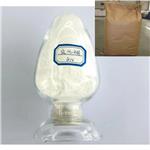
US $0.00/kg2025-11-17
- CAS:
- 10043-11-5
- Min. Order:
- 1kg
- Purity:
- 99%
- Supply Ability:
- 20tons
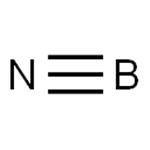
US $1.50/g2025-04-18
- CAS:
- 10043-11-5
- Min. Order:
- 1g
- Purity:
- 99.0% Min
- Supply Ability:
- 100 Tons

